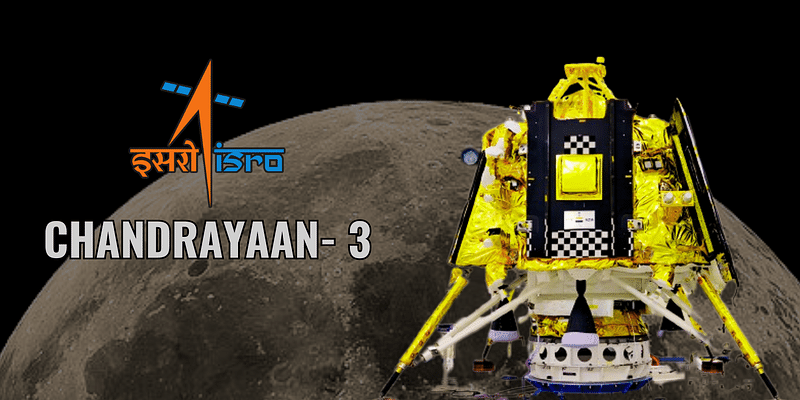
The Indian Space Research Organisation (ISRO) has achieved a pivotal milestone in the progression of its imminent moon expedition, Chandrayaan-3. This mission symbolises India’s third lunar quest and is now fully coupled with its launch vehicle, the Launch Vehicle Mark-III (LVM3). This development marks a significant stride in India’s ambitious endeavours to intensify its space explorations.
On the 5th of July, ISRO proclaimed via social media that the encased assembly carrying Chandrayaan-3 has been successfully united with the LVM3 at the Satish Dhawan Space Centre, situated in Sriharikota. This crucial coupling serves as an essential leap towards the final stages of pre-launch preparations.
The precise date of the mission’s take-off is yet to be declared; however, the launch period for Chandrayaan-3 has been confirmed for between the 12th and 19th of July. ISRO’s Chairman, S. Somanath, previously indicated that the organisation would opt for the earliest feasible date within the defined window to set the mission in motion.
Chandrayaan-3 is destined to expand upon the exploration endeavours of its predecessor, Chandrayaan-2, by demonstrating a comprehensive ability in secure landing and manoeuvring on the lunar surface. The mission comprises a uniquely Indian lander module (LM), a propulsion module (PM), and a rover, all engineered to test and advance the new technologies required for future interplanetary missions.
According to ISRO, the mission’s lander module is built with the capability for a gentle landing at a specified lunar location and to release the rover. The rover will then perform on-the-spot chemical analysis of the lunar surface throughout its journey. Both the lander and the rover are equipped with scientific payloads to carry out a series of experiments on the moon.
The PM’s main role is to shepherd the LM from the launch vehicle’s point of injection to the final 100-km circular lunar orbit, before separating from the LM. Adding value to the mission, ISRO has also installed a scientific payload within the Propulsion Module, which will become operative following the separation from the Lander Module.
Following its anticipated mid-July lift-off, the mission will undergo orbital raising akin to the Chandrayaan-2 mission, with the lander and orbiter circling the moon before making their lunar descent. Somanath, ISRO’s Chairman, disclosed that the lander has been bolstered with additional fuel and upgraded equipment for this mission. Chandrayaan-3 will mimic the trajectory of Chandrayaan-2 and is scheduled to descend at the same site.
This recent integration of the lunar vehicle with its launch vehicle illuminates ISRO’s determination to push forward with its lunar exploration programme. It serves as an affirmation of India’s increasing capabilities in space research and development, edging the nation closer to another extraordinary accomplishment in the realm of space exploration.



![Read more about the article [Scoop] PhonePe receives over Rs 740 Cr capital infusion from Singapore parent](https://blog.digitalsevaa.com/wp-content/uploads/2022/10/phonepe11561023770690-1578482785956-300x150.png)






